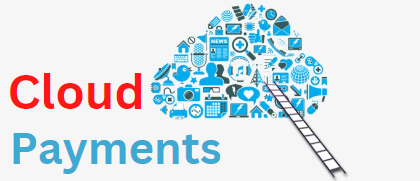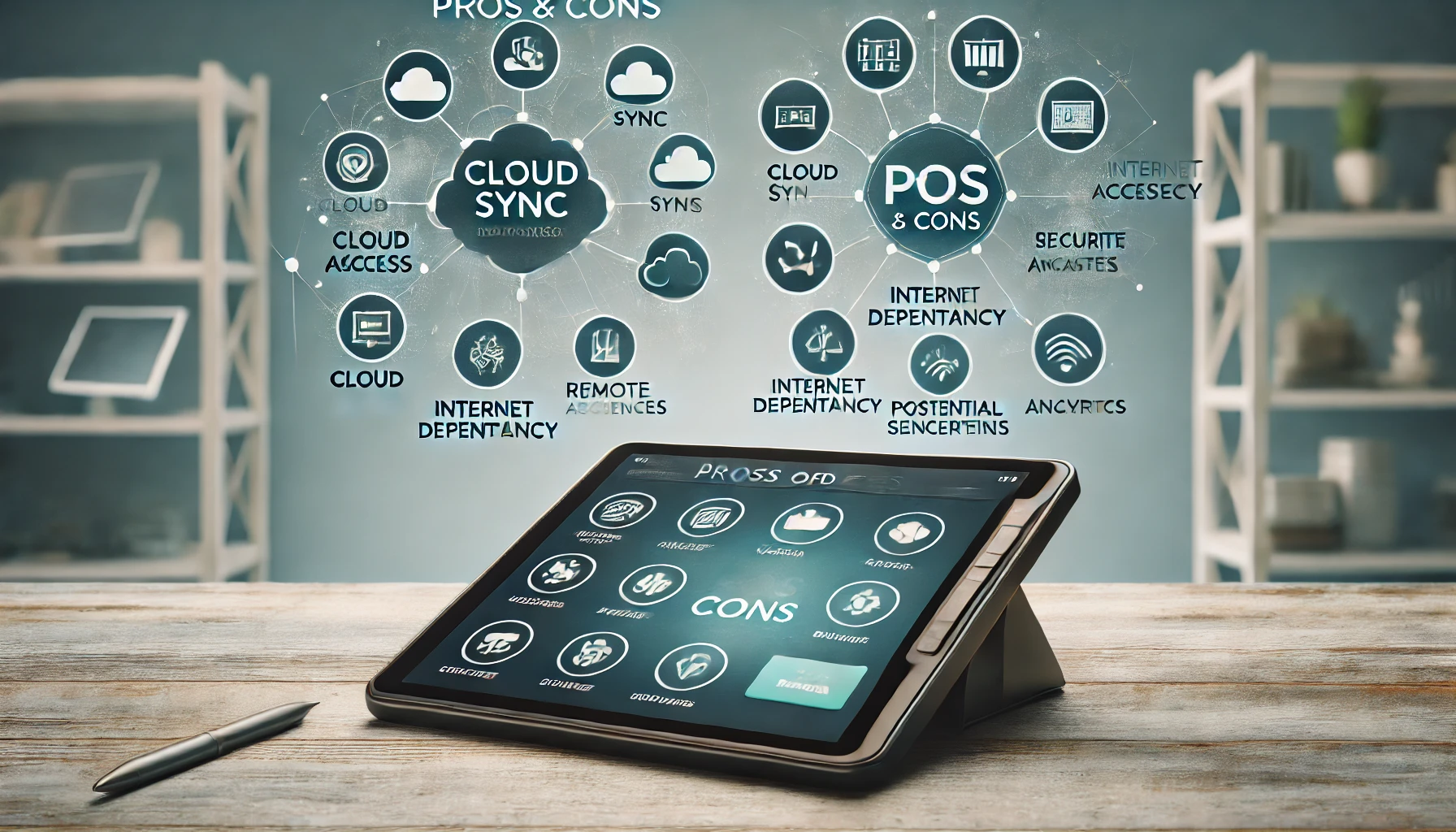Payments in the Cloud: An Overview for 2024
Cloud is an indispensable part of future payments. The public cloud plays a vital role. The benefits of the cloud include increased agility and lower costs. It galvanizes management to consider the cloud as a priority.
The industry of digital payments is undergoing immense transformation. The technological rapid advancement is fueled by consumer demand. Digital payments by 2026 are expected to reach $19.89 trillion, showing a 24.4% CAGR. The QR codes, Smartphones, digital wallets, and payment apps enable growth, making payments invisible. They provide frictionless, seamless, and immersive experiences of payment.
Here are the trends predicting 2024 in the payments industry. The expectation of businesses in the coming year from the payments market:
The volume of electronic transactions increases
The expectation is that mobile contactless transactions will surpass 2023 contactless card volumes. The mobile payments transaction volumes will grow and showed a 92% growth in 2023. Electronic transactions will increase at POS, and other payment methods will grow organically. The digital payment of brick-and-mortar will not disappear, it will continue, but minimally.
Roll out real-time payments schemes in next-generation
The real-time payments market expects to grow from 2022 to 2028 reaching a 32% CAGR. We can anticipate seeing in 2024:
- Increase in treasury automation functions such as reporting, risk management, and forecasting. It offers access to up-to-date data.
- New rails of payment assure efficient real-time faster payments enabling B2B transactions to have on businesses a transformative effect.
- New payment schemes launching in 2023 to facilitate customers with instant, innovative, next-generation offerings. There will be the need to ensure flexibility to cope with real-time types of payment and next-generation.
- The global implementation has a positive effect on enhancing compliance and security on cross-border real-time payments.
Growth in BNPL and embedded lending
The cloud banking platform will see a spike in embedded lending use in 2024 because many businesses prefer integrating financial services. Embedded lending is the newest strategy assuring the growth of the business that companies find attractive. BNPL (buy now pay later) is the embedded lending forefront platform and suits B2C businesses. They are outperforming and will soon win over other unsecured lending forms. The BNPL platforms are in use by consumers in increasing numbers.
Merchants will promote at checkout ‘pay by bank’
Retailers in growing numbers encourage in teal-time the option of ‘pay by bank’ to shoppers, and in 2024 it is a prediction to grow as a bigger option. It will help the merchants with swipe fees, and it is an account-to-account payment. The technology is allowing making payments directly from the customer account without debit card usage.
Staying on top of technologies, emerging trends, regulatory changes, and new payment standards may be challenging. Yet the complexity helps manage the payments environment. The automated feature in the cloud allows for capturing the right data and delivering visibility in real time. It is simple to track performance and turn data transactions into insights actionable.
2024 Cloud computing trends
Businesses have to go with digital transformation, regardless of the looming recession. The scalability and elasticity reduce the innovation of financial risk and enable the agility of the business.
Leaning more on cloud computing to power hybrid work
The reopening of offices has not got the workers flocking back. The hybrid and remote work models that surfaced during the pandemic are sure to continue. The cloud has full support for flexible work environments. There is an estimate that shifting to subscription-based desktop services will be more than the traditional computing solutions in 2024.
No doubt, the companies will prioritize videoconferencing, project management, knowledge management, and file sharing, the cloud-based communication tools. It is because companies are seeking support for productivity and employee collaboration anytime and anywhere.
The hybrid work model is a long-term driving demand with the association of collaboration tools as cloud-based productivity technology.
Enterprises acknowledge industry and sovereign clouds
Data privacy requirements are top on the list, and they will drive development. The concept of a sovereign cloud is not new. It is gaining traction in the geopolitical environment. It is designed to operate as a trusted cloud and upholds the local governing bodies’ standards for data protection.
A strong belief is that in 2023, organizations will adopt sovereign cloud services. It is a market opportunity for the providers of cloud service and a benefit for organizations. The sovereign cloud solutions are no more restricted to thinking about what they can place in the cloud.
Industry demand for tailored clouds meeting specific requirements of the industry will grow. In 2023, more companies will look for specialized applications and leveraging of cloud efficiency.
AI adoption in 2024 is a must-have
Artificial intelligence adoption is growing with organizations and increasing operational efficiency. The cloud is driving innovation and helping to get the best of AI investments. High performers access AI capabilities more publicly loud, including facial recognition and natural language speech.
The advantage is with public cloud infrastructure that features computing ability for machine learning applications and AI. The data storage is equally high as the private data centers.
Trending up of cloud-native strategies
A cloud-native strategy offers a modern approach including containers, microservices, service meshes, and declarative APIs. The firms will take 2024 as the first strategy and increase efficiency and agility, working towards reducing costs.
Adopting cloud-native strategies is the expectation as they run in containers the workloads than the virtual machines. A belief is containers run efficiently and takes into association the leveraging of technologies such as the internet of things, AI/ML, and 5G.
2024 and beyond Cloud computing
Organizations are beyond the debating point and moving to the cloud. Leveraging advanced technologies such as ML and AI is like taking advantage of a safe harbor in economic turbulence. It is also a way of gaining a competitive edge when organizations may afford or hesitate to move towards the cloud.
However, the coming year will come with great changes and evolve with cloud service providers coming with offerings. It helps in making strategic moves and remaining competitive. Yet, one thing is certain; there is no room or reason to turn back when you are once in the cloud.











